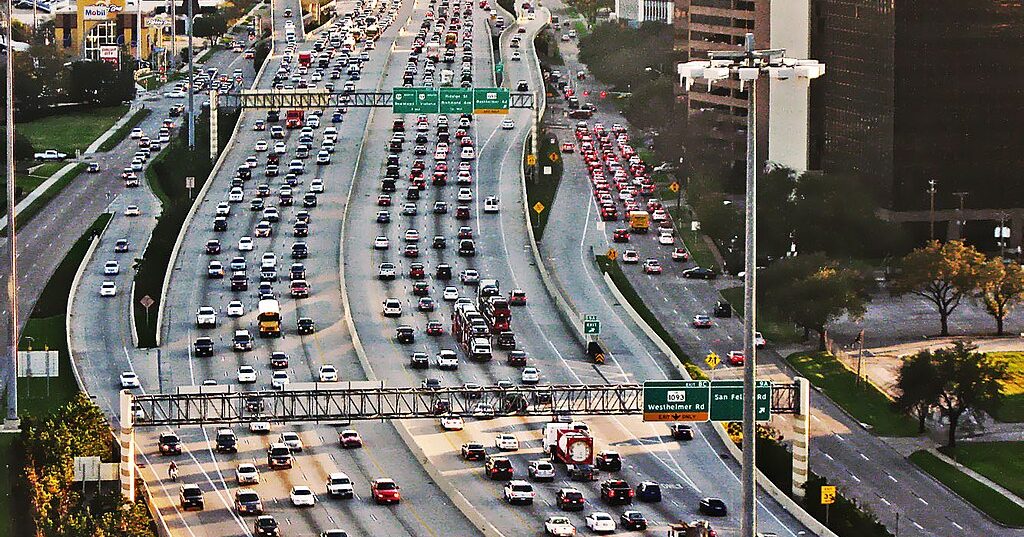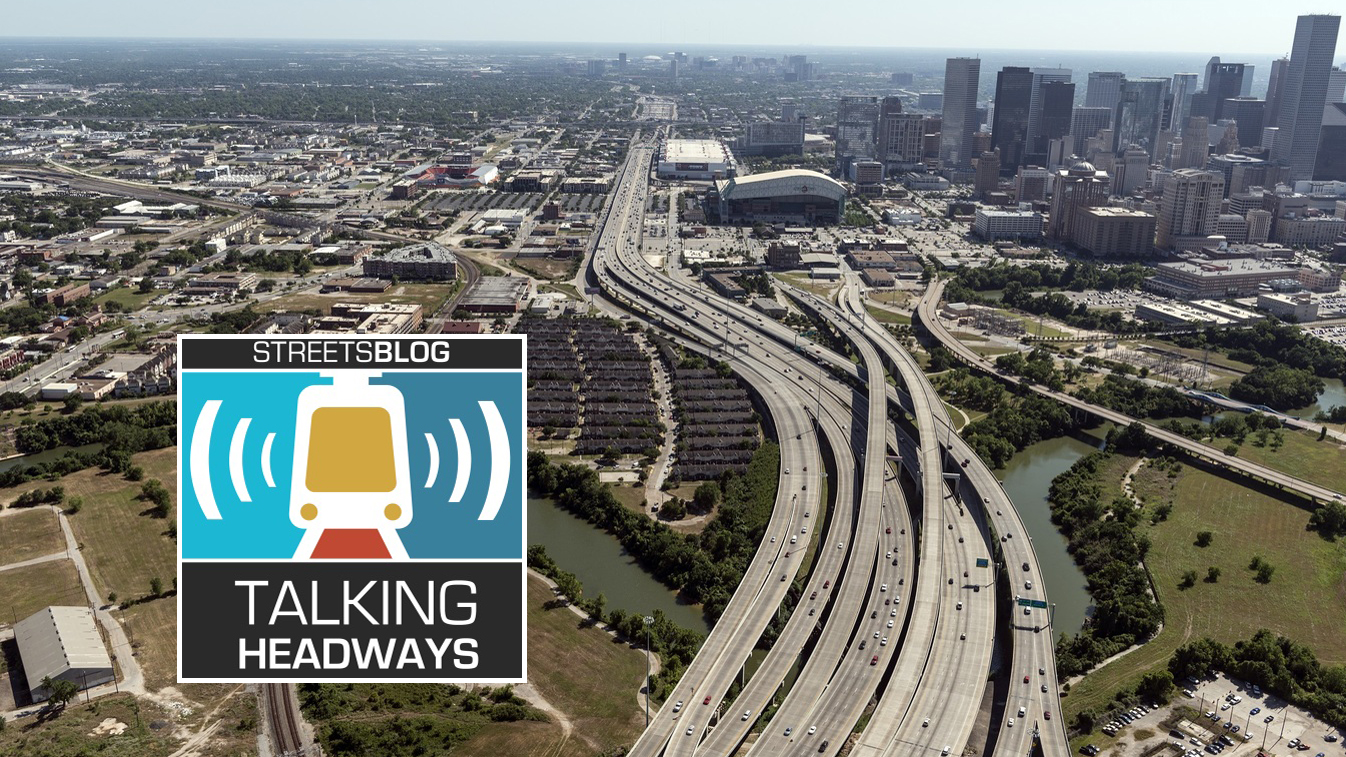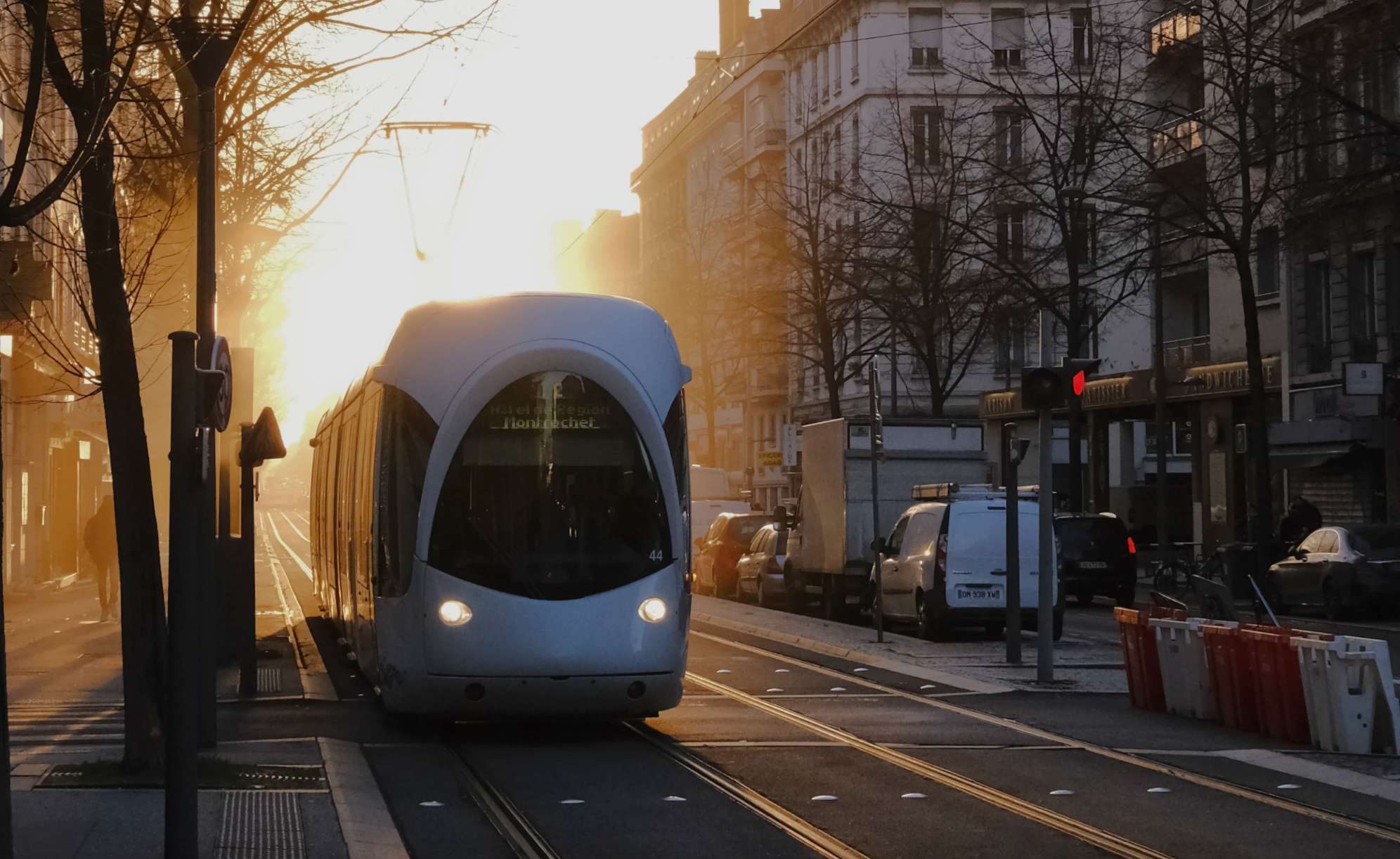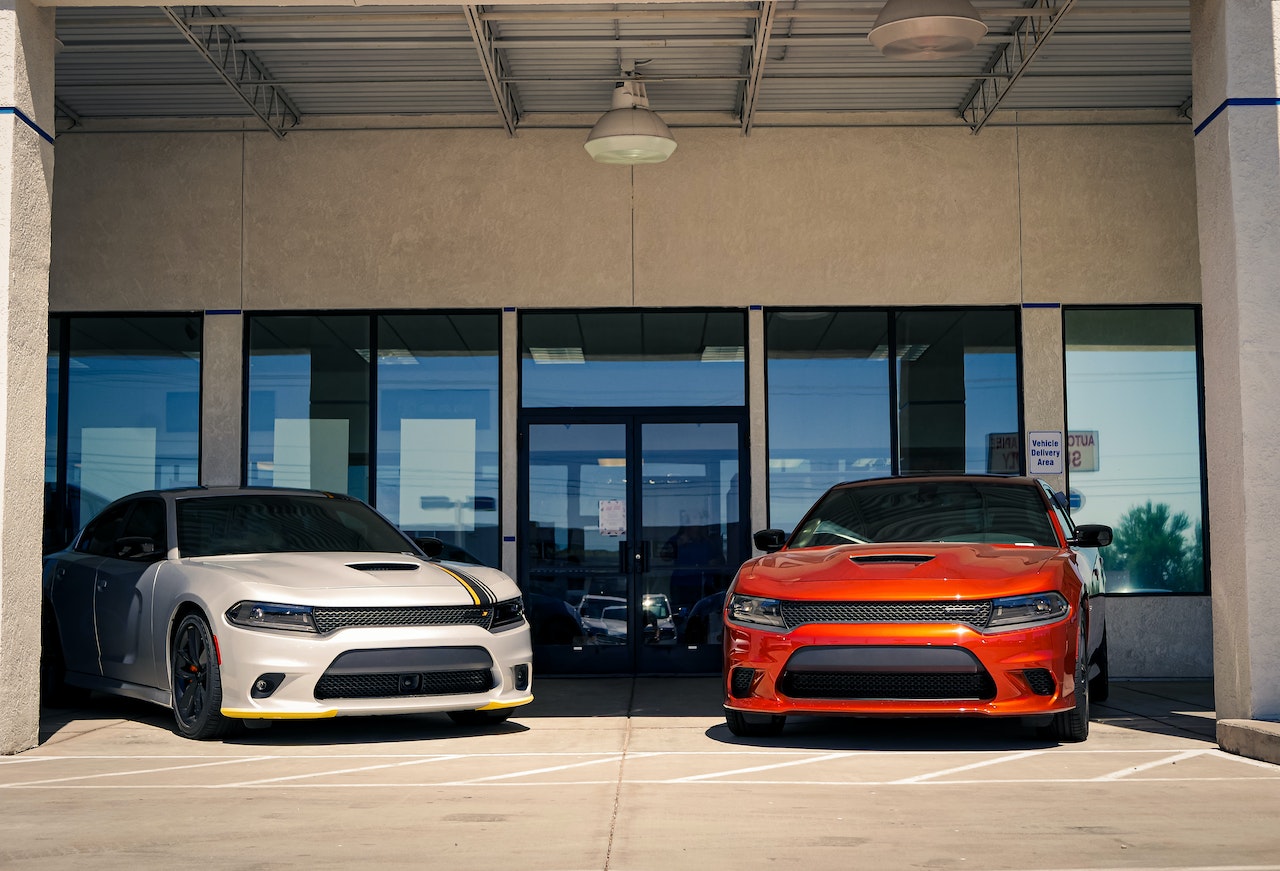Car-centric Dallas has been making some big strides toward sustainable mobility.
Today DART officially opens its new 28-mile Green Line from Carrollton to Southeast Dallas. The expansion makes Dallas's light rail system the largest in the U.S.
But changing travel habits isn't as easy as building rail infrastructure, the region is finding. Yonah Freemark at Network blog the Transport Politic points out that despite the city's best attempts at moving people out of cars, transit ridership has been less than stellar.
Total transit ridership in the city actually fell between 2000 and 2010, despite billions in new investment in light rail. Only about four percent of the population uses the transit system, for a daily ridership of about 60,000 in a city of 1.3 million. According to Freemark, the city is missing some of the key ingredients to a successful transit system -- stations within walking distance of compact residential areas and parking prices that reflect the true costs of storing cars.
Cities shouldn’t spend billions of dollars on a fixed-guideway transit system, only to be rewarded with minimal if any increases in ridership — especially in areas that are growing extremely quickly. What is Dallas doing wrong? Now that it has built itself a massive network, what can it change about its development patterns to ensure better use of its investments?
The clearest answer is that density matters a whole lot more than overall length of rail lines. As demonstrated by Strasbourg’s tramway network, which serves 300,000 daily users on 34.7 miles of track, in terms of attracting ridership it is more important to have a densely packed system in the inner city than it is to have an extensive series of suburban extensions. This, however, requires the existence of a dense urban core.
Dallas’ downtown is filled with jobs — 138,224, more than most cities’ — so it would seem in theory to be a popular place for transit users. But consider parking policies: The city’s downtown district actively encourages visitors to drive there and then park for just a dollar an hour. There’s no need to drive around looking for a space, because virtually every block is consumed at least partially by parking. When it’s this easy to get around by car, the fact is that transit options are unlikely to succeed.
As the Dallas region gets ready to embark on future rail expansions, it should get serious about encouraging development near stations, Freemark writes. The city should also re-think recently imposed reductions in service frequency, which discourage potential new riders.
Elsewhere on the Network today: Planning Pool outlines a campaign to address the affordable housing shortage in Vancouver by having cash-strapped renters share their stories. Rebuilding Place in the Urban Space outlines strategies for winning "community benefits" concessions from Wal-Mart developers. And Scaledown writes about unexpected ways in which women shape cities despite being under-represented in many planning processes.






